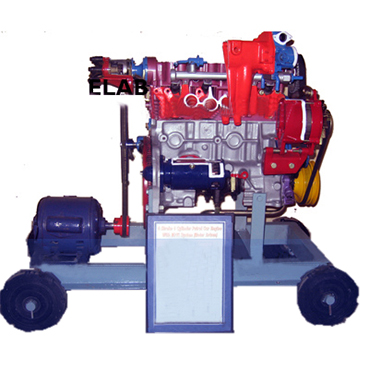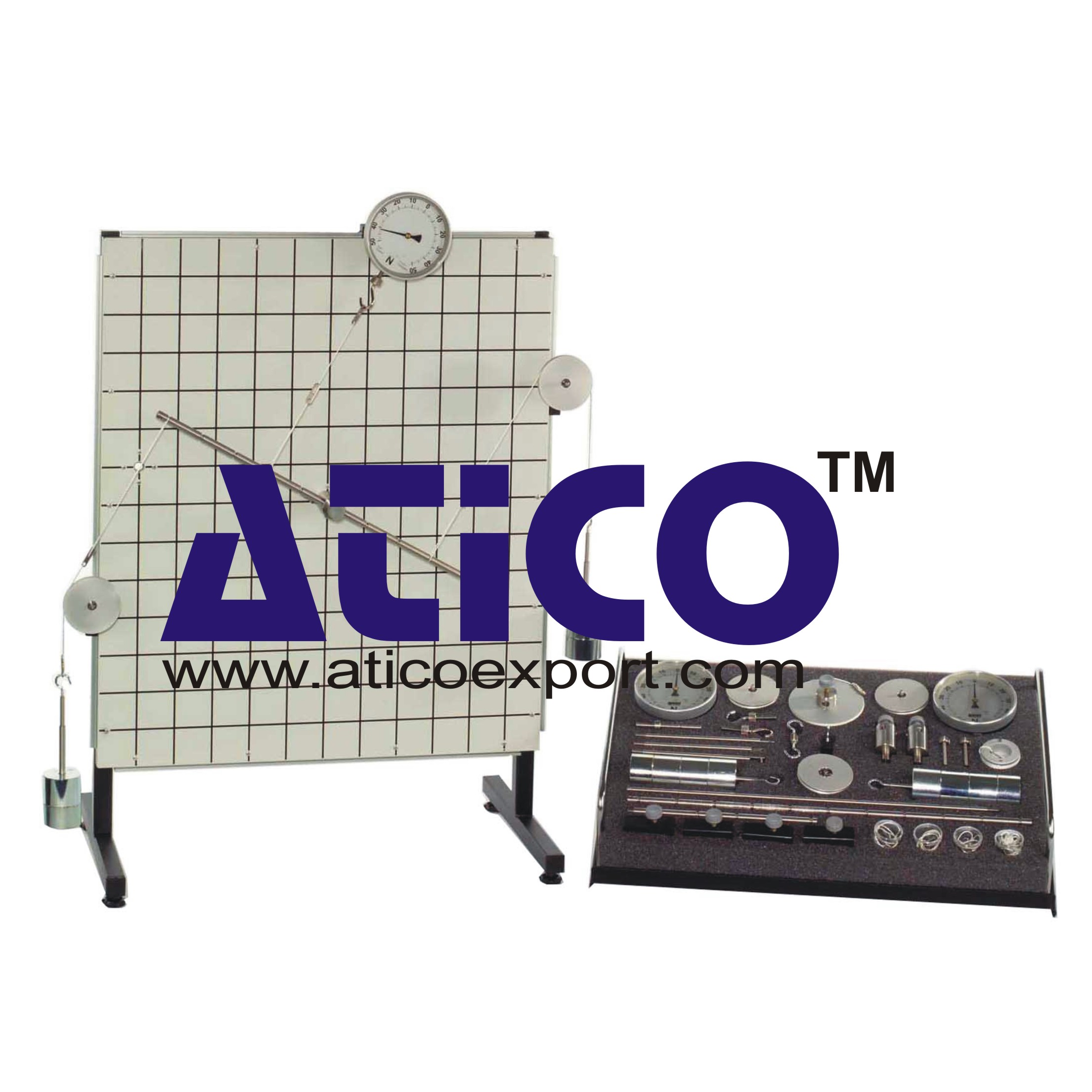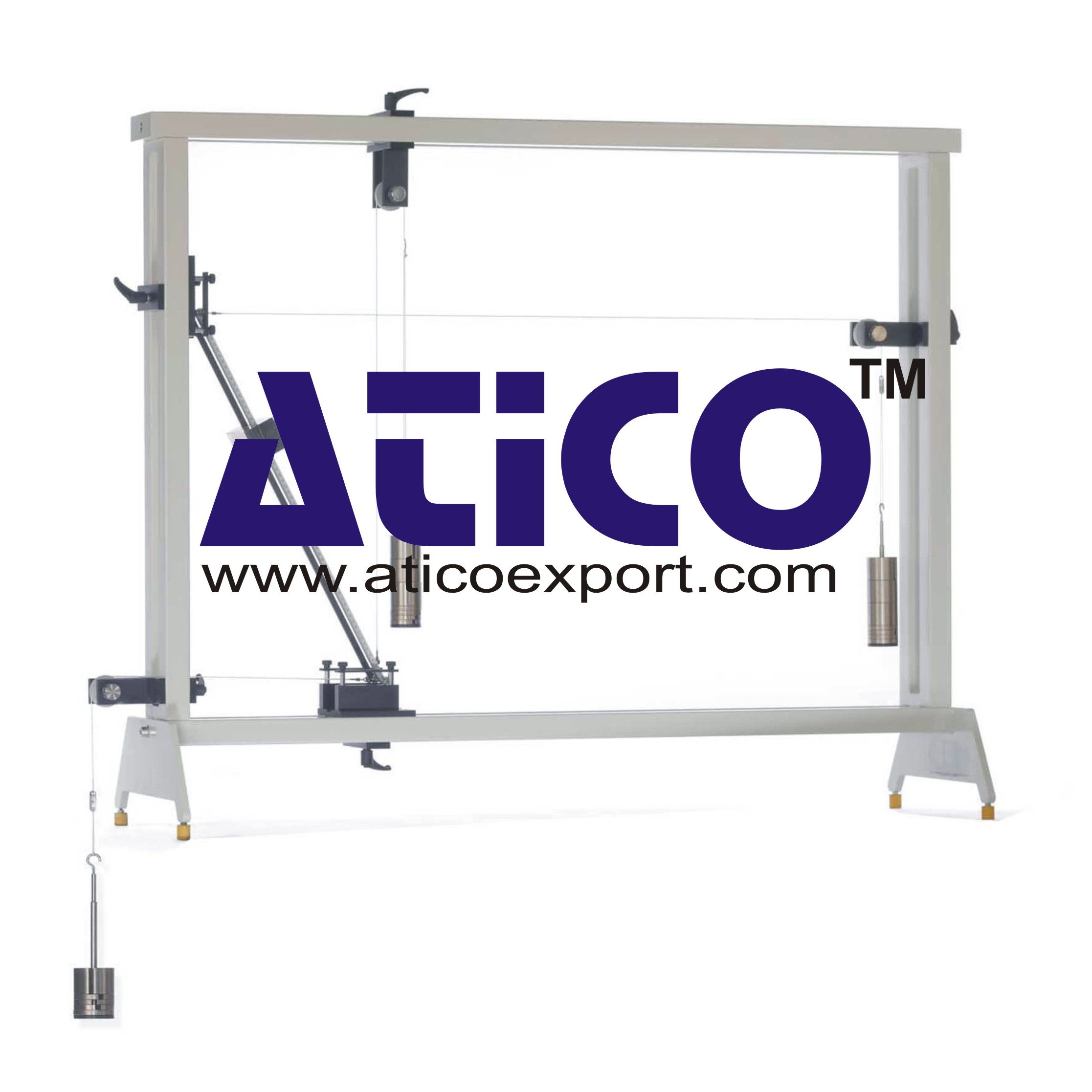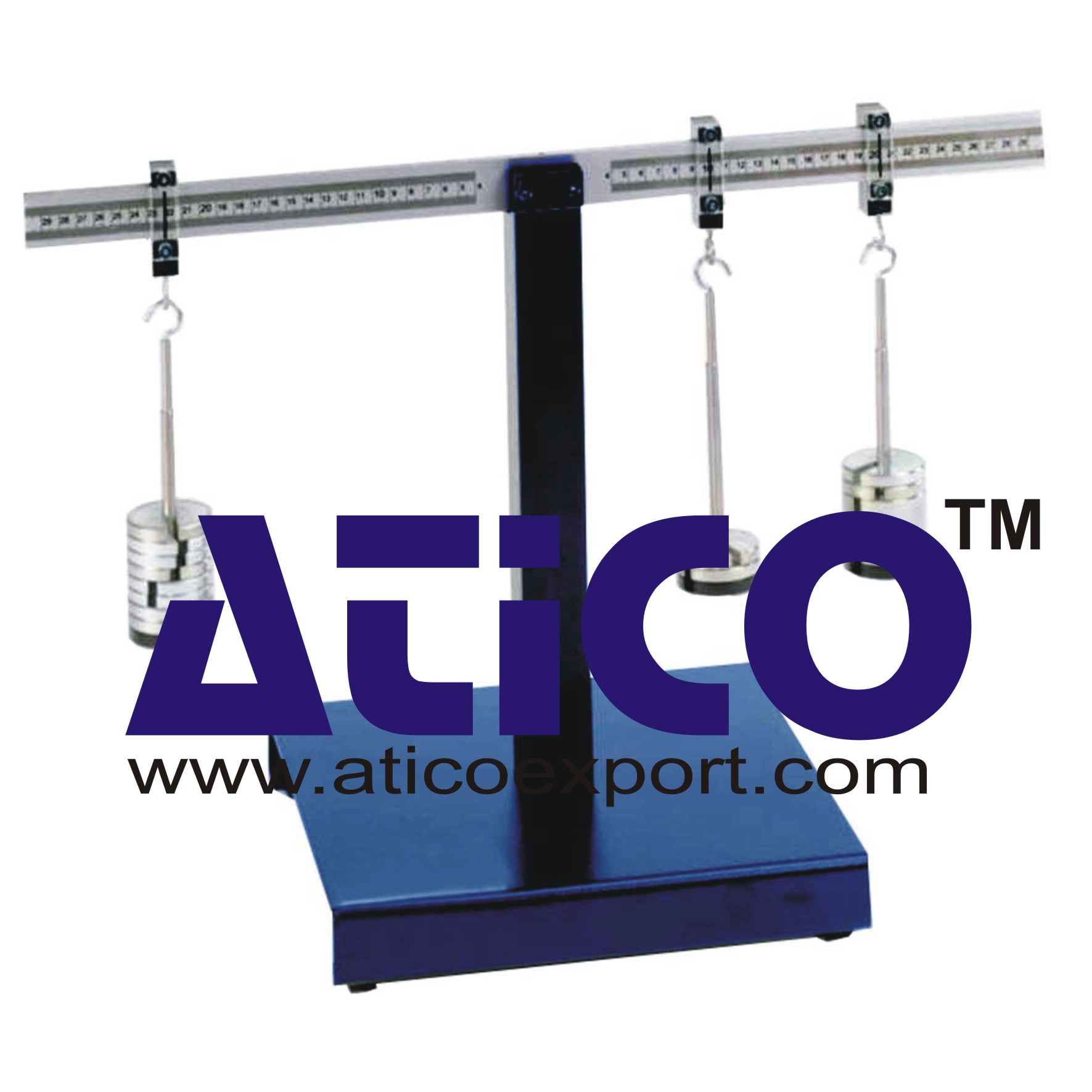Demonstration of Dissolved Air Flotation
Categories: Engineering Lab EquipmentFlotation processes are used to separate solids from a liquid (e.g. water). The flotation process most commonly used in water treatment is dissolved air flotation.The suspension to be treated (raw wat...
Product
Description
Flotation processes are used to separate solids from a liquid (e.g. water). The flotation process most commonly used in water treatment is dissolved air flotation.
The suspension to be treated (raw water) is placed in a tank. Flocculation chemicals can be added to the raw water in order to improve the flotation of the contaminants. Powdered activated carbon is suitable as a contaminant. A pump transports the raw water, which enters the flotation column via a vertical pipe. The height of the supply line can be adjusted.
A water circuit with pump is connected to the flotation column. At the highest point of the circulation there is negative pressure. The required air for the flotation is sucked in by opening a valve located at this point. The air dissolves in the water under pressure. Part of the water flows back to the pump via a bypass. The other part of the water enters a pressure vessel filled with Pall rings. The pressure vessel ensures a sufficiently long dwell time to dissolve the air and to separate undissolved air.
Learning Objectives/Experiments
How dissolved air flotation works
Dissolving gases in liquids
Features
Mechanical water treatment
Transparent tank for observing the processes
Specification
Flotation column made of plexiglass
Raw water tank with stirring machine
Peristaltic pump for pumping raw water
Pulsation dampener to create a smooth raw water flow
Continuously adjustable speeds of peristaltic pump and stirring machine
Height-adjustable inlet for raw water into the flotation column
Pressure and flow rate of the circulation adjustable
Water circuit with pump and bypass
No compressed air required
Transparent pressure vessel with Pall rings
Measurement of flow rate, pressure and temperature
Technical data
Flotation column
inner diameter: 115mm
height: 900mm
volume: approx. 10L
Tanks
raw water: 8L
treated water: 15L
pressure vessel: 1,5L
Raw water pump (peristaltic pump)
max. flow rate: 24L/h
max. speed: 200min-1
Circulation pump (centrifugal pump)
max. flow rate: 660L/h
max. head: 65m
Stirring machine: max. 330min-1
Measuring ranges
flow rate: 5…60L/h
pressure: 0…10bar
temperature: 0…60°C
230V, 50Hz, 1 phase
230V, 60Hz, 1 phase
120V, 60Hz, 1 phase
quick overview :
Flotation processes are used to separate solids from a liquid (e.g. water). The flotation process most commonly used in water treatment is dissolved air flotation.
The suspension to be treated (raw water) is placed in a tank. Flocculation chemicals can be added to the raw water in order to improve the flotation of the contaminants. Powdered activated carbon is suitable as a contaminant. A pump transports the raw water, which enters the flotation column via a vertical pipe. The height of the supply line can be adjusted.
A water circuit with pump is connected to the flotation column. At the highest point of the circulation there is negative pressure. The required air for the flotation is sucked in by opening a valve located at this point. The air dissolves in the water under pressure. Part of the water flows back to the pump via a bypass. The other part of the water enters a pressure vessel filled with Pall rings. The pressure vessel ensures a sufficiently long dwell time to dissolve the air and to separate undissolved air.
Learning Objectives/Experiments
How dissolved air flotation works
Dissolving gases in liquids
Features
Mechanical water treatment
Transparent tank for observing the processes
Specification
Flotation column made of plexiglass
Raw water tank with stirring machine
Peristaltic pump for pumping raw water
Pulsation dampener to create a smooth raw water flow
Continuously adjustable speeds of peristaltic pump and stirring machine
Height-adjustable inlet for raw water into the flotation column
Pressure and flow rate of the circulation adjustable
Water circuit with pump and bypass
No compressed air required
Transparent pressure vessel with Pall rings
Measurement of flow rate, pressure and temperature
Technical data
Flotation column
inner diameter: 115mm
height: 900mm
volume: approx. 10L
Tanks
raw water: 8L
treated water: 15L
pressure vessel: 1,5L
Raw water pump (peristaltic pump)
max. flow rate: 24L/h
max. speed: 200min-1
Circulation pump (centrifugal pump)
max. flow rate: 660L/h
max. head: 65m
Stirring machine: max. 330min-1
Measuring ranges
flow rate: 5…60L/h
pressure: 0…10bar
temperature: 0…60°C
230V, 50Hz, 1 phase
230V, 60Hz, 1 phase
120V, 60Hz, 1 phase
Product
Reviews
add Review
reviews
No Review Yet.
Copyrights © 2025 All Rights Reserved by Atico














Product
Reviews
add Review
reviews
No Review Yet.